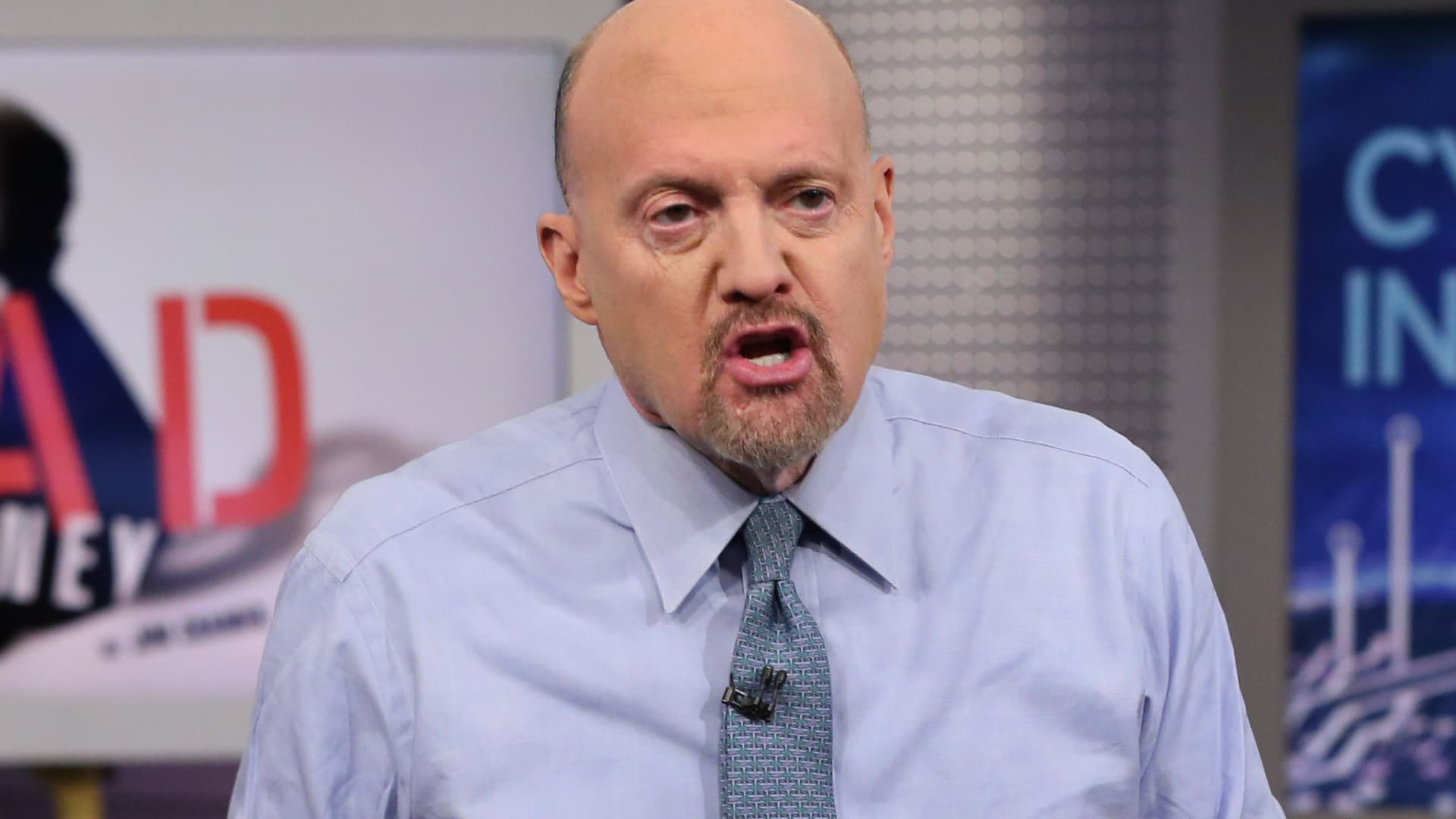Ford Motor CEO Jim Farley speaks during a launch event for the 2025 Ford Expedition in Louisville, Kentucky, on April 30, 2025.
Michael Wayland | CNBC
LOUISVILLE, Kentucky – President Donald Trump’s reprieve for automotive parts tariffs is helpful, but more changes are still needed to assist automakers and grow the U.S. auto industry, Ford Motor CEO Jim Farley said Wednesday.
The new actions — which Trump signed into action via an executive order Tuesday — reimburse automakers for some U.S. parts and reduce the “stacking” of tariffs upon each other for the industry.
Tuesday’s changes came after pleas from the automotive industry for relief amid regulatory uncertainty around Trump’s tariffs, including 25% on imported vehicles into the U.S. and an upcoming 25% on automotive parts by May 3.
“The changes this week on tariff plans will help ease impact on tariffs for automakers, suppliers and consumers, but … we need to continue to work closely with the administration on a comprehensive set of policies to support our shared vision of that healthy and growing auto industry, and we are not there yet,” Farley said during a launch event for the 2025 Ford Expedition at the company’s Kentucky Truck Plant.
A worker at Ford’s Kentucky Truck Plant on April 30, 2025.
Michael Wayland | CNBC
Farley said it’s “essential” for U.S. policies to encourage exports as well as reward companies, such as Ford, for their American production.
“So many of the vehicles we build here are exported around the globe. Shouldn’t we get credit for that?” Farley said. “Those are American jobs and we have to keep working on affordable parts to ensure that those supply chains promote domestic growth and affordable vehicles in our country.”
Ford, which is the largest producer of vehicles in the U.S., says it is a net exporter of parts and vehicles based on total value of goods, and nearly a net exporter on a per vehicle basis. A net exporter means a company exports more than it imports.
Farley laid out a number of “what if” scenarios regarding the impact to the U.S. auto industry and America if competitors matched Ford’s manufacturing operations. He said such actions would mean an increase of 4 million vehicles per year, 15 new manufacturing plants and more than 500,000 new manufacturing jobs in the U.S.
“Imagine if the companies who import all the vehicles in the U.S. treated American manufacturing like Ford,” said Farley, whose company still imports a notable amount of vehicles and parts from Mexico, Canada and China.
Tariffs of 25% on imported vehicles into the U.S. will continue, but the new measures aim to reduce the overall tariff level that had resulted from separate levies — such as an additional 25% tariffs on steel and aluminum — “stacking” on top of one another.
Under the order, additional 25% tariffs on auto parts that were set to start by May 3 will also still take effect, but vehicles that go through final assembly in the U.S. will be able to qualify for partial reimbursements on those levies for two years.



